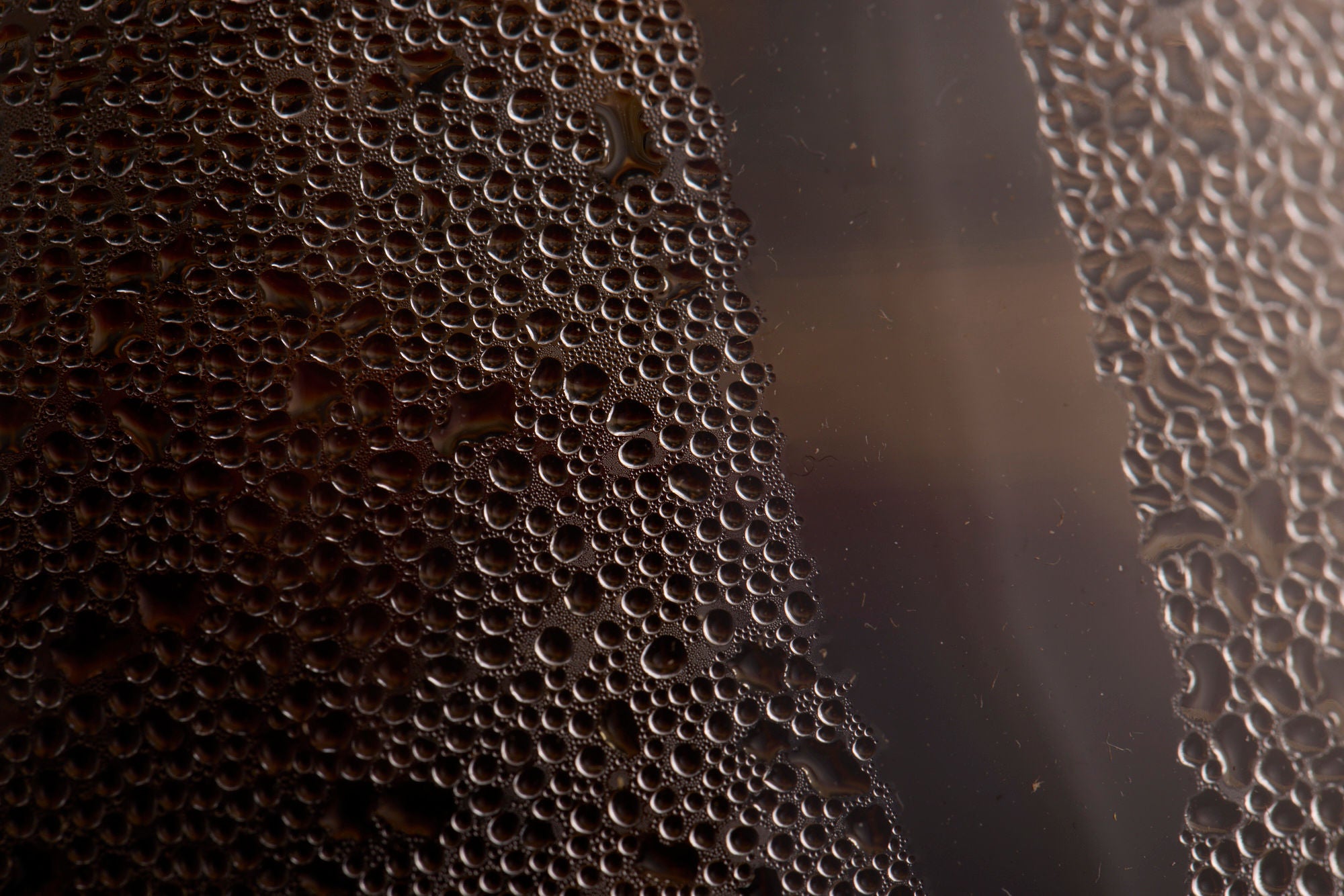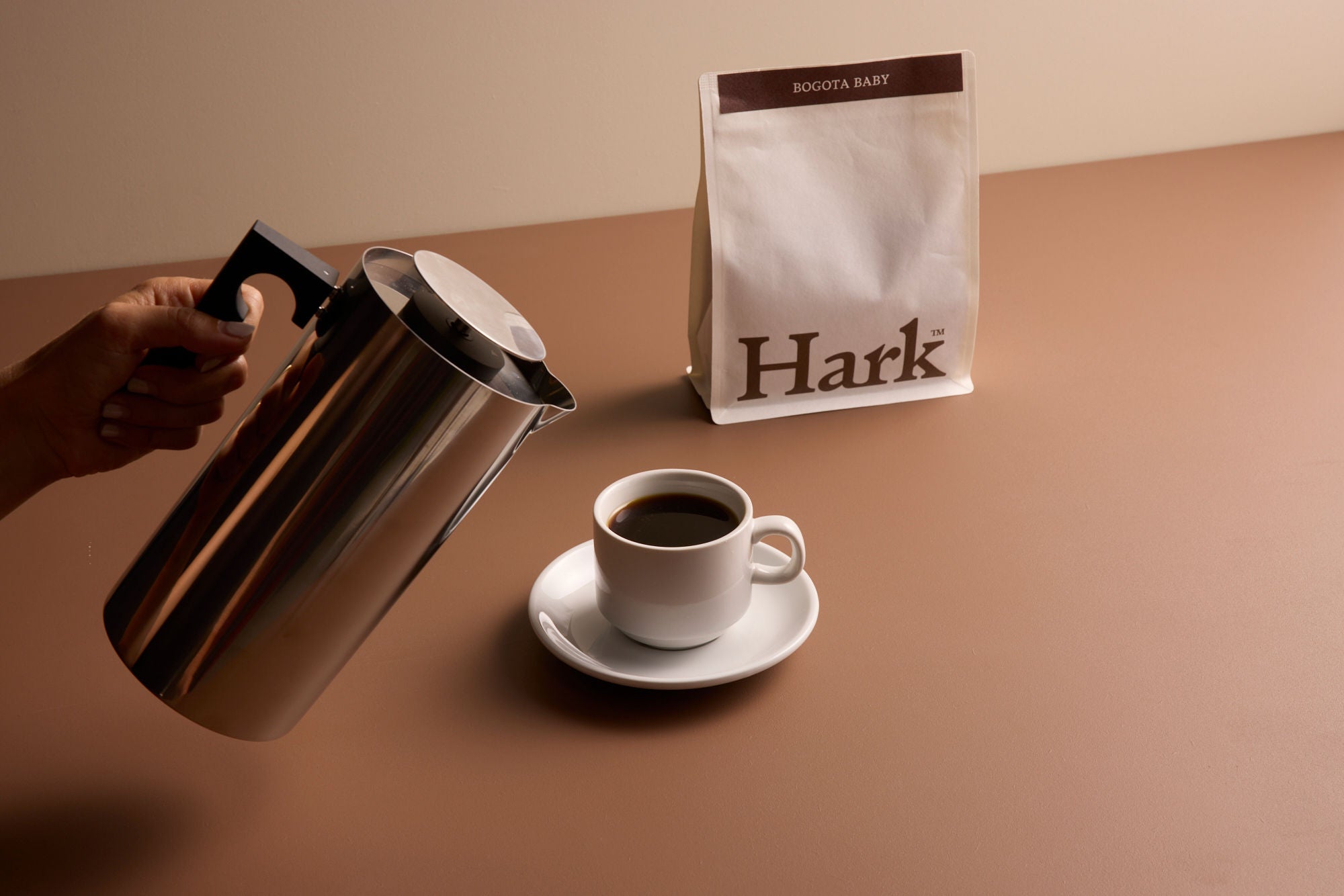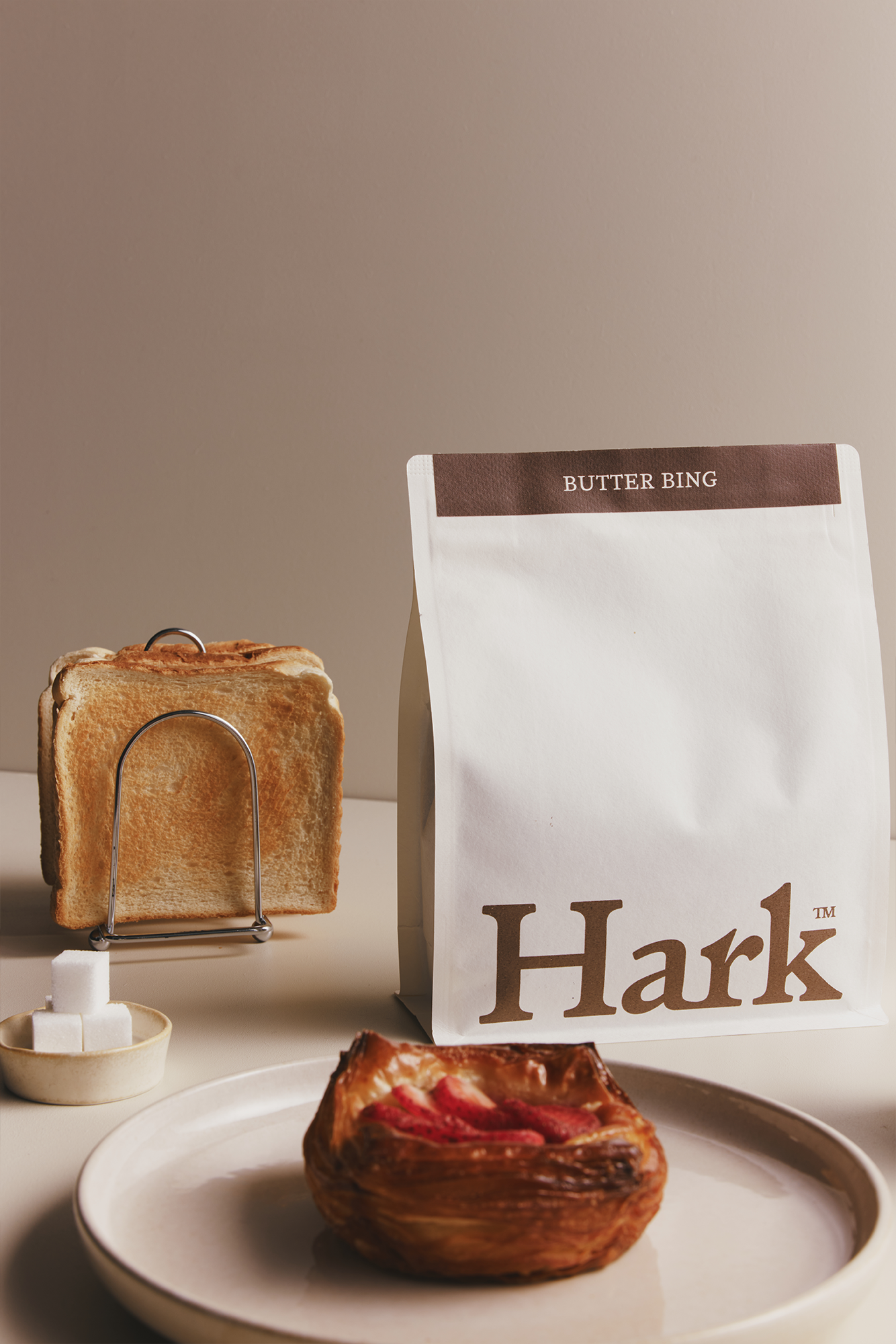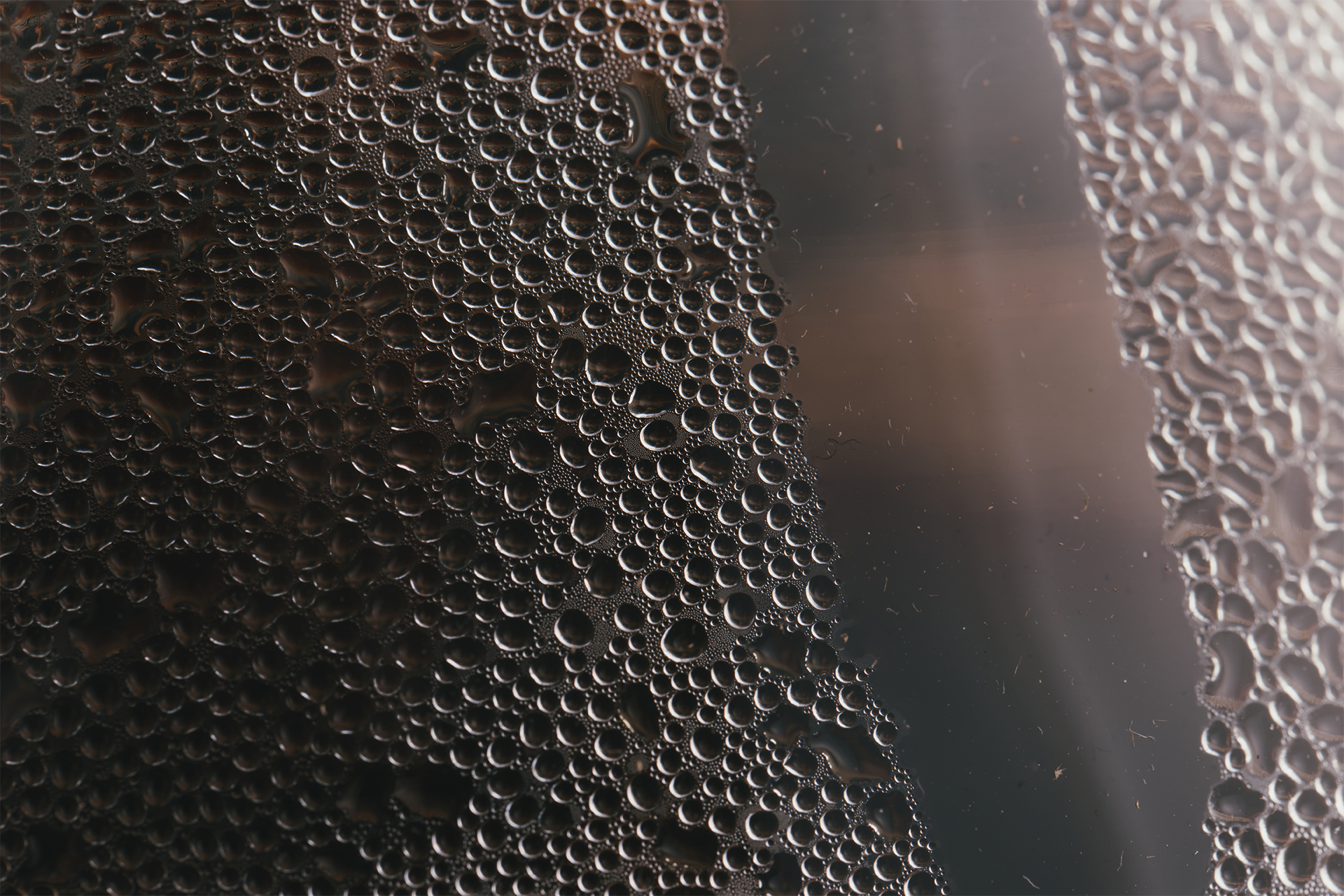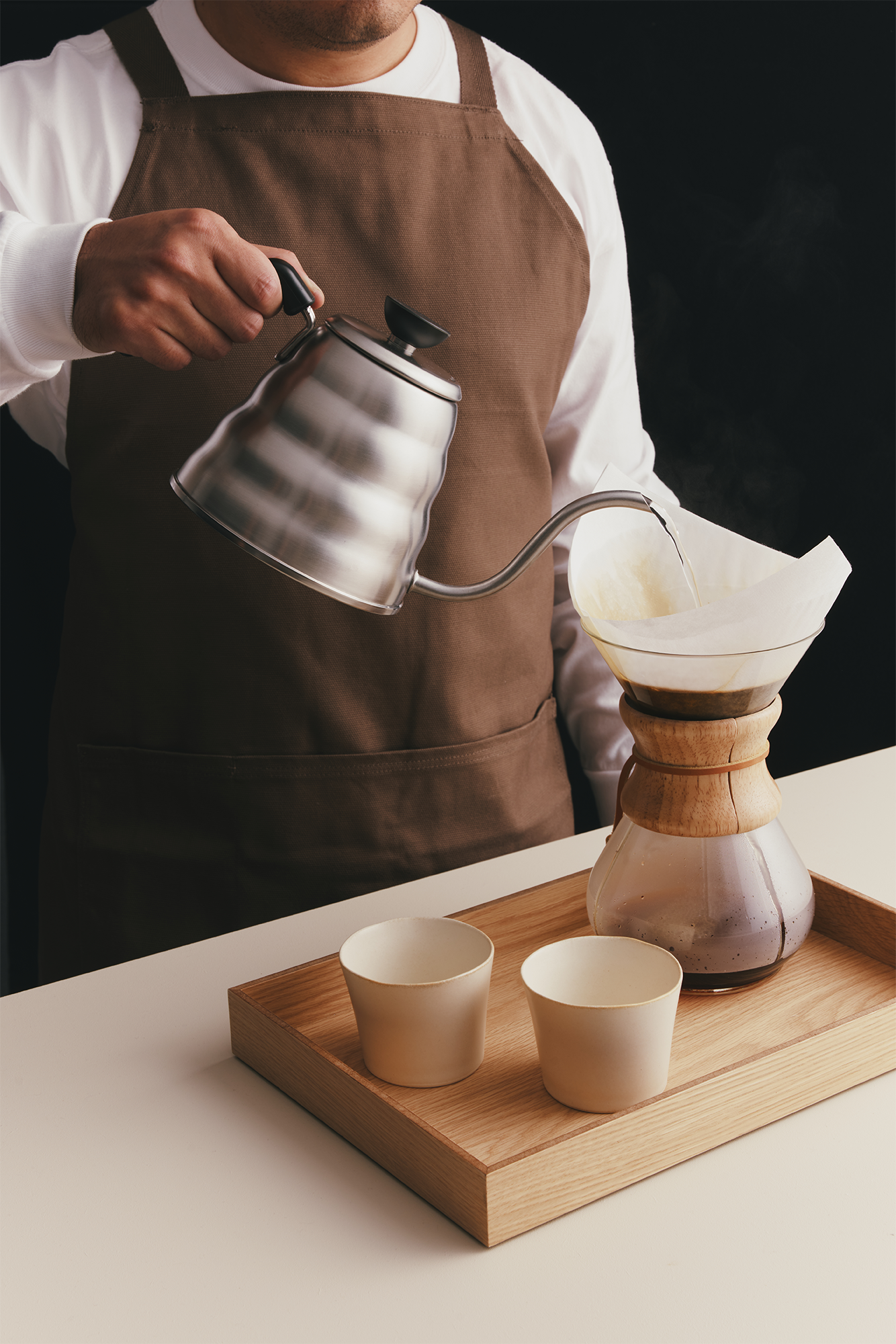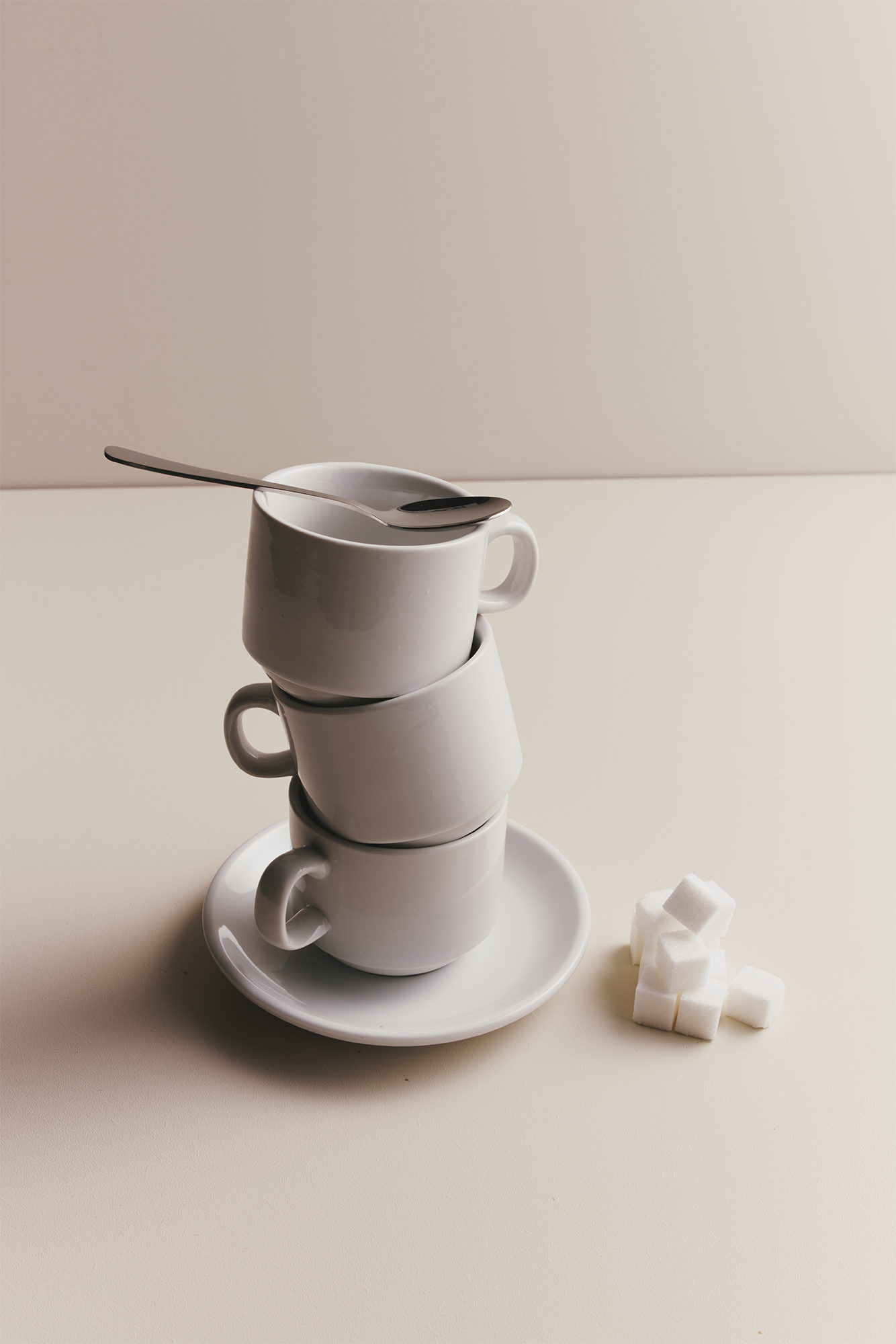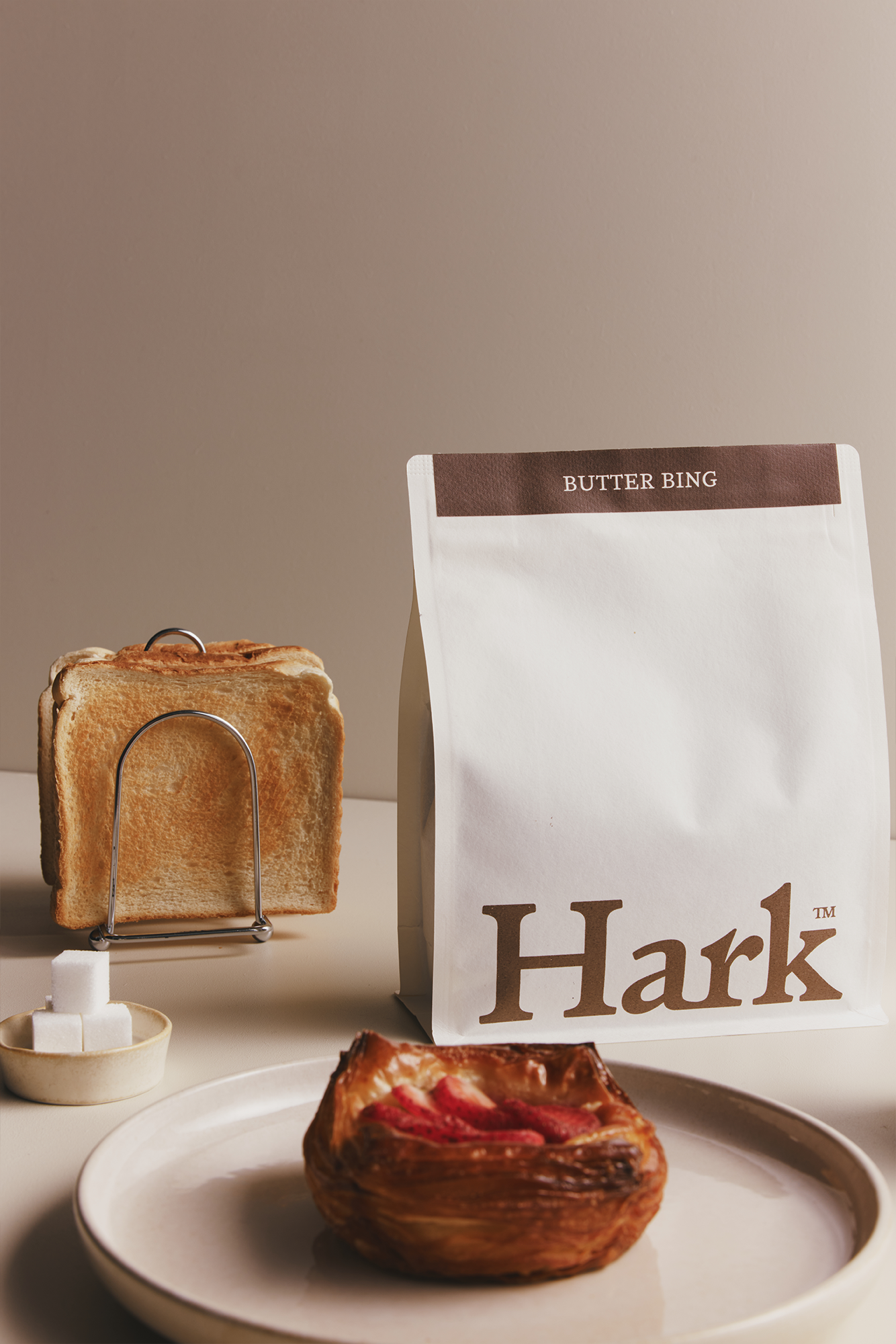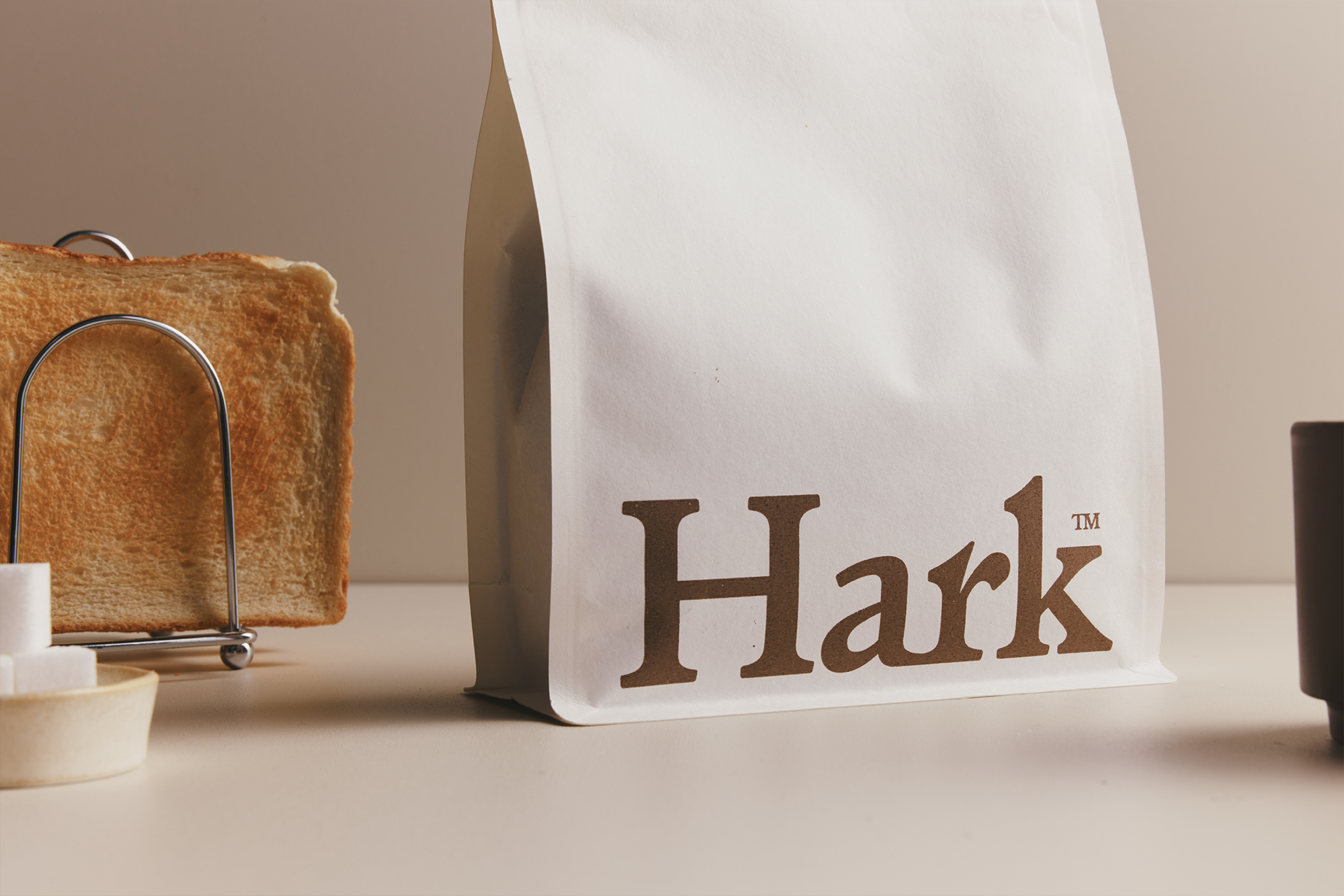Air roasting (also known as fluid bed roasting) is a method in which coffee beans are roasted by a stream of hot air. Instead
of tumbling in a metal drum, the beans float on a bed of heated air inside the roasting chamber. They are essentially suspended and agitated by hot air—imagine a coffee roasting system akin to a hot-air popcorn maker. Because the beans don’t sit against any hot metal surface, they roast evenly from all sides. This hot-air convection process ensures each coffee bean receives uniform heat, avoiding the “hot spots” or uneven roasting that can occur in drum roasters.
In a traditional drum roaster, beans are heated in a rotating metal cylinder, which combines hot air with direct contact heat from the drum’s surface. This can lead to certain drawbacks, such as inconsistent heat distribution and even the risk of some beans getting scorched where they touch the drum. By contrast, air roasting keeps beans moving on a cushion of air, eliminating direct contact with hot metal. The result is a more uniform roast and greatly reduced chance of charring or burning during the process.

